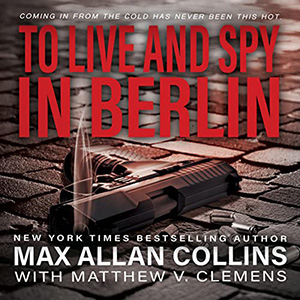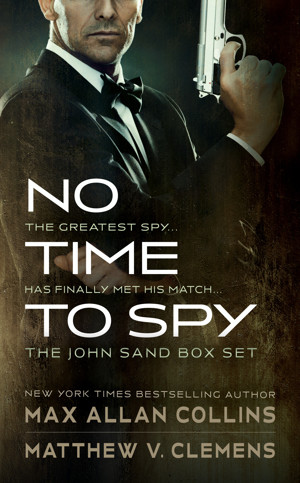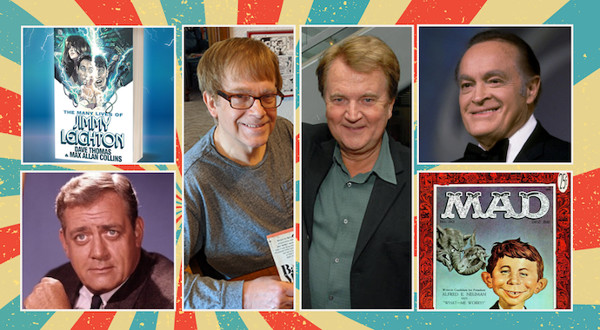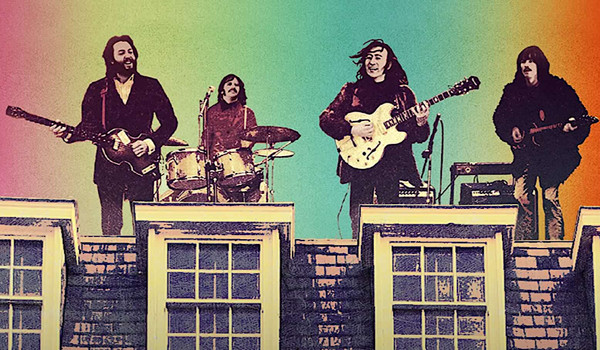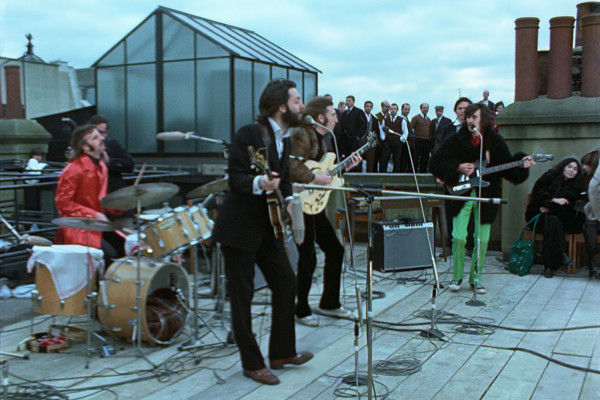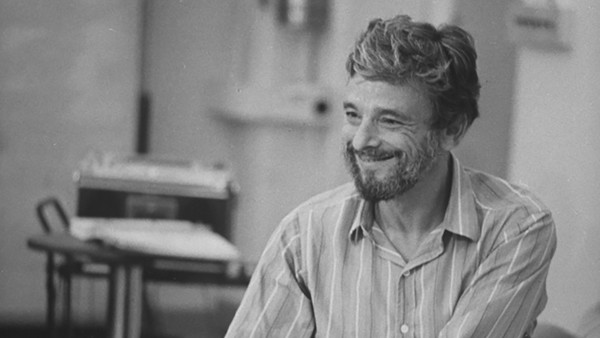My friend and editor at Titan in the UK – the great Andrew Sumner – did an interview with me about the Mike Hammer novel being published September 13th (Kill Me If You Can) as part of the 75th anniversary of Mickey Spillane’s great private eye.
Andrew has edited the last three or four Hammers, at my request. Several previous editors at Titan – while good, smart people – were not familiar with Hammer or Collins or the quirky way of American tough-guy argot. Andrew is, and he’s been a pleasure to work with.
I will spoil the punchline of the interview by revealing here that I have signed with Titan to complete the Mike Hammer Legacy series with two final Mike Hammer novels, to be published in 2023 and 2024. These final two books will, as have all of the books in this series of Collins completed novels, contain genuine Spillane content.
What an honor and pleasure it has been to undertake this task. It’s not entirely over, because a number of non-Hammer fragments remain that may generate Spillane novels, and there’s even the possibility of a couple of Hammer short stories. But the novel saga of Mike Hammer is drawing to a close, with the shelf of 13 expanding to 29 plus a short story collection (A Long Time Dead) rounding the series to an impressive 30.
I should also thank Otto Penzler at Mysterious Press, who published the first three Spillane/Collins Hammer novels (The Goliath Bone, The Big Bang and Kiss Her Goodbye, all under the Titan umbrella now) as well as the short story collection. Otto’s understanding and appreciation of Mickey and Mike’s legacy will continue with the January 2023 publication of Spillane – King of Pulp Fiction (by James L. Traylor and myself).
This will be a somewhat short update because, frankly, I am dealing with a health issue. I hesitate to mention it because – as with the recent passing of our family dog, Toaster – this might elicit an outpouring of support, good thoughts and even prayers. Which is always appreciated, but I don’t think any of this is a big deal – just the price of living this long and trying to stay active.
One aspect of my heart problems – which my open-heart surgery in 2016 dealt with effectively – is an occasional recurrence of Afib. Some people can handle Afib as a part of their daily lives, but it throws me for a loop. Nonetheless I didn’t realize I’d slipped back into Afib until I took a previously scheduled PET stress test a few days ago.
I’d been dragging around and fighting sleepless nights for about a week, and had suffered through a band job where I could barely tear down and set up and tear down my keyboards, and where my performance was perfunctory at best. Having been through Afib several times before, I should have tipped to it immediately. But didn’t. The stress test had barely begun when the nurse informed me I was in Afib.
Actually, what she said was, “Did you know you were in Afib?”
I said I didn’t, managing not to proceed that with “duh,” as I’d been experiencing every symptom.
Anyway, luckily I am able to go in tomorrow (Monday) for cardioversion, which is essentially jump-starting your heart. Usually it’s just one long day in the hospital. This is Sunday as I write this, and will happen Monday, while this Update appears on Tuesday, so good wishes are not necessary – the shooting match will be over.
I share this with you because, obviously, it’s on my mind. I began writing F.O.M.A.C. (Friends and Family of Max Allan Collins) updates decades ago. This was prior to using the Internet for that purpose – these were literal, physical newsletters that went out once or twice a year, and announced bookstore and convention appearances, and let readers know what novels and comics and even movies were coming out.
At some point – and I have zero memory when – we moved this to the Internet, and again the occasional postings were prompted by appearances and publications. My son Nate suggested the infrequence and irregularity of these updates were not helpful and nudged me into more regular postings. Before long we switched to weekly ones.
Frankly I focused on promo of my work, links to favorable reviews, and not much else for a while, until again my son said I needed to be more personal (something he came to regret to a degree). Nate particularly encouraged me to pull back the curtain on the writing process – talking about how Nate Heller is researched and so on. To mix metaphors, to share how the sausage is made.
Now and then I wandered into politics and again my son warned me against it, and he was right. I weaken now and then, and still make no secret of my politics; but no real political opinion stuff appears here. What I drifted into was reviews and other discussion of popular culture, which I enjoy doing and get good response doing it. A more personal side began creeping in.
I was a big fan (and a friend) of Harlan Ellison’s. I told him often that I loved his collections of stories where he introduced and discussed his own work. I really loved (and love) that sense of who was behind the fiction being part of the mix. This has crept into my books, with introductions and afterwords (particularly of reprinted material), containing autobiographical looks at how novels or stories came to be written – for example, the convoluted tale of how Nolan began at Curtis Books in the early ‘70s, with only two of the five books seeing print by that company before they were swallowed up by Popular Library; and how the remaining three and one new one were picked up by Pinnacle in the ‘80s. And how Don Pendleton thought I was stealing from him because Nolan rhymed with Bolan.
And the Nolan story is a lot more complicated than that, but my essays about it can be found in the Hard Case Crime two-fer collections of the novels.
A turning point came in 2016 when I had open-heart surgery and wrote about the experience here. My writer pal Steve Mertz said that was some of my best stuff ever, and he knows whereof he speaks. So I have been more frank here, although my son from time to time protects me when I get out of hand…as when recently I went ballistic about a review that irritates me and he reminded me it was a three-year-old review and I should probably get over it. So we cut that bit.
Maybe someday I’ll collect some of the best of F.O.M.A.C. and let the censored stuff see the ill-advised light of day.
Anyway, this is a long-winded way to say that I don’t write about sad and personal and medical things here to get your sympathy. As my late friend Paul Thomas used to say (quoting his father), “If you want sympathy, it’s between shit and syphilis in the dictionary.”
Nonetheless, I want to thank you for reading these blog entries. With luck, I’ll see you here next week.
This is an interesting column by a reader who has picked up Girl Most Likely and is experiencing it via the book and audio being able to sync up. She promises a review of the novel soon.
In the current entry of the Rap Sheet, J. Kingston Pierce talks about my announcement of Too Many Bullets, and how it will deal with “the 1968 assassination of Robert F. Kennedy, he explains, but will also ‘cover both Jimmy Hoffa and Sirhan Sirhan,’” and how it may be the last Nate Heller novel. Turns out I am an unreliable narrator, because (with editor Charles Ardai’s blessing) I have already decided to turn Too Many Bullets into two Heller novels. Too Many Bullets will be the RFK assassination novel. The as yet untitled Heller after that will go back and deal with the Jimmy Hoffa story. This came about because – as is always the case – the research has led me places I did not expect to go.
Fifteen movies are recommended here, and one of them is Road to Perdition.
And Road to Perdition is also one of the best movies that have moved to Amazon Prime.
M.A.C.
